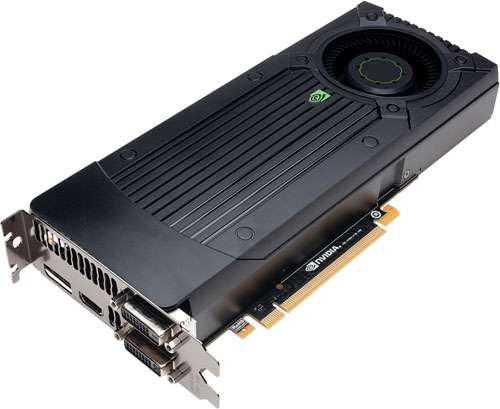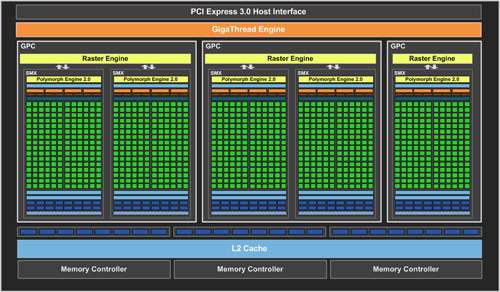| Core i5-3570K | |
|---|---|
| Codename: | |
| Process: | 22 nm |
| CPU Cores/Threads: | 4 |
| Clock Speed (Max. Turbo): | 3.4 GHz (3.8 GHz) |
| Socket: | LGA 1155 |
| L2 Cache: | 4 x 256 KB |
| L3 Cache: | 6 MB |
| Thermal Envelope: | 77 W |
The Core i5-3570K is 300 MHz faster than the Core i5-3450 at stock speeds,The K-series' unlocked ratio multiplier is a must-have for overclockers looking to unleash significant performance improvements. It is for this reason alone that a gamer should shell out the extra $30 over Intel's slower model. After all, the pricier chip's HD Graphics 4000 is hardly relevant when you plan to use a discrete card anyway.
If you don't plan to overclock, then we think that there's little reason to look past the Core i5-3450.
Read our review of the Ivy Bridge-based CPUs
CPUs priced over $230 offer rapidly diminishing returns when it comes to game performance. As such, we have a hard time recommending anything more expensive than the Core i5-3570K, especially since this multiplier-unlocked processor can be overclocked to great effect if more performance is desired.,it meets or beats the $1000 Core i7-990X Extreme Edition when it comes to gaming.
But now that LGA 2011 is here, there's certainly an argument to be made for it as the ultimate gaming platform. LGA 2011-based CPUs have more available cache and as many as two more execution cores than the flagship LGA 1155 models. Additionally, more bandwidth is delivered through a quad-channel memory controller. And with 40 lanes of third-gen PCIe connectivity available from Sandy Bridge-E-based processors, the platform natively supports two x16 and one x8 slot, or one x16 and three x8 slots, alleviating potential bottlenecks in three- and four-way CrossFire or SLI configurations.
Although they sound impressive, those advantages don't necessarily translate into significant performance gains in modern titles. Our tests demonstrate fairly little difference between a $225 LGA 1155 Core i5-2500K and a $1000 LGA 2011 Core i7-3960X, even when three-way graphics card configurations are involved. It turns out that memory bandwidth and PCIe throughput don't hold back the performance of existing Sandy Bridge-based machines.
Where we do see the potential for Sandy Bridge-E to drive additional performance is in processor-bound games like World of Warcraft or the multiplayer component of Battlefield 3. If you're running a three- or four-way array of graphics cards already, there's a good chance that you already own more than enough rendering muscle. An overclocked Core i7-3960X or -3930K could help the rest of your platform catch up to an insanely powerful arrangement of GPUs.
while we generally recommend against purchasing any gaming CPU that retails for more than $220 from a value point of view (sink that money into graphics and the motherboard instead), there are those of you who have no trouble throwing down serious money on the best of the best, and who require the fastest possible performance available. If this describes your goals, the following CPU is for you:
Best Gaming CPU for $570:
Core i7-3930K
| Core i7-3930K | |
|---|---|
| Codename: | Sandy Bridge-E |
| Process: | 32 nm |
| CPU Cores/Threads: | 6/12 |
| Clock Speed (Max. Turbo): | 3.2 GHz (3.8 GHz) |
| Socket: | LGA 2011 |
| L2 Cache: | 6x 256 KB |
| L3 Cache: | 12 MB |
| Thermal Envelope: | 130 W |
The 100 MHz difference in clock rate is hardly relevant, given unlocked multiplier ratios benefiting both CPUs. And you'd be hard-pressed to quantify the advantage of 15 MB of shared L3 cache over 12 MB. Moreover, a greater-than-$400 savings lets you buy a nice motherboard and cooler, while still getting the same four-channel memory subsystem and 40-lane PCI Express 3.0-capable controller.










